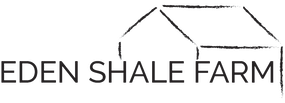|
Weaning calves can sometimes cause as much stress on the producer as it does the cows and calves. If your facilities are lacking you will certainly have to deal with animals that get out, and we are no stranger to that at Eden Shale. Getting ready for weaning means several different things need attention. We have to get the shade structures moved over from the paddocks back to the weaning barn. We also have to spend a day or two fixing fence in the areas that the cows will be in during the weaning process. Between the deer and the dead ash trees our old fence doesn’t stand a chance. If you are going to use an open lot to wean calves you must take into consideration the availability of shade for those animals. If they do not have adequate shade they can suffer from heat stress, when coupled with the stress of weaning can cause sickness. We make sure we have more than enough shade to get all the animals covered at once if they so desire. We use portable shade structures that can be moved to other parts of the farm during different times of the year. We weaned the calves on September 10th. We had several of the KBN Facilitators come to the farm and help us that day. We weighed and worked every animal on the farm that day and their help was much appreciated. Besides getting vaccinated and weighted, we also pulled blood on the cows to determine pregnancy. I am pleased to report that we only had 4 open cows out of the 70 head we tested. That gives us a total concepting rate of 94% in the cows. We also tested our 25 replacement heifers that will be calving for the first time next spring. We had 2 open in that group for a total conception rate of 92%. Overall, I was very happy with the conception rates of our cows this year. Another interesting statistic is that the average weight of our cow herd went up 40 lbs this year from 1154 last year to 1195 this year. That is due to the better condition that our cows stayed in all summer long. We had a wet year, and the grazing stayed strong and the cattle were not pulled down by the calves as much as usual. The calves weaned off better than last year too. This years average weaning weight was 484 lbs, up 12 lbs from the year prior. Even thought the cows and the calves were heavier at weaning time, the percent body weight that that cows weaned off remained the same at 41%. Overall, we continue to create a younger, more efficient herd as we develop our cattle each year. Heifers pictured below. On September 12th we hosted our third Weaning Workshop at the farm. We had about 17 producers attend the workshop which covered multiple topics and allows them to get hands on with the curriculum. Brent Tolle, with Boehringer Ingelheim, discussed chute side protocol when working cattle, He covered proper vaccine handling, shot placement, and proper deworming techniques. Our calves were not due to re-implant at the time of weaning, so we got some ears from a local slaughter house and hung them on a board so that the producers could get some practice on how to do it properly. The producers really liked practicing on the ears since they weren't on a live animal that is jumping around and they didn't feel like they were hurting them if they did it wrong. Producers also got to develop a feed ration feeding plan with UK's Dr. Lehmkuhler and discuss marketing considerations with KDA's Tim Dietrich. The hands on learning ended with UK's Dr. Higgins going over infrastructure and environmental factors that affect weaning calves. We had a good Weaning Workshop and I want to thank all the folks that helped put it on, including Boehringer Ingelheim which sponsored the meal.
As part of this weaning trial the steer calves are sorted into three different groups in the barn and are on three different rations that the producers came up with. They will eat those rations for 30 days and then be reweighed. We will share the results of this trial at the Eden Shale Open House Field Day on October 13th. If you would like to attend that event please RSVP to [email protected] or 859-278-0899. Keeping cattle cool and comfortable is important for maintaining weight gain, milk production and reproductive performance. The temperatures that cattle prefer, 40 and 65oF, are cooler than what humans prefer, which means cattle display signs of heat stress even in what we would call “cool” temperatures. Signs of severe heat stress can range from slobbering, high respiratory rate (panting), open mouth breathing, lack of coordination, and trembling. Dairy cows can exhibit decreases in milk production due to heat stress at temperatures as low as 72o F and 45% humidity while beef cattle can begin to show signs of heat stress at 77o F. In Kentucky, beef cattle can display signs of heat stress in early spring while dairy cows may show signs much earlier. Cattle need a period of time to acclimate to the ambient temperature.
Heat stress has many negative effects on cattle which result in significantly decreased animal performance. Heat stress affects the reproductive performance of females and males. It takes six weeks after removing the effects of excessive heat for the animal to recover reproductively. Cows often show decreased conception rates, decreased duration and intensity of estrus, decreased calf birth weight, and increased early embryo mortality when experiencing heat stress. Milk production and weight gains are also considerably decreased. Heat stressed cattle spend less time grazing resulting in less feed consumed which partially explains the observed reduction in performance. Any and all operations can be negatively impacted by heat stress. It is important to look ahead in early spring and prepare to reduce heat stress for the grazing season. Cattle should not be worked during times of extreme heat, and during the summer months they should only be worked during early morning while it is cooler. Even when temperatures cool off in the evening, it is not a good idea to work cattle because their core body temperature peaks two hours after the high for the day and it takes cattle at least six hours to dissipate the heat load gained. For instance, if the peak ambient temperature is reached at 4:00 pm, cattle will not have dissipated their heat load until midnight or later. Cattle worked in the early evening will have a greater chance to overheat. Cattle grazing endophyte-infected tall fescue can experience more intense heat stress than cattle grazing other forages. Blood flow to peripheral tissues or skin is reduced which diminishes the animal’s ability to dissipate body heat. A rough hair coat and failure to shed winter coats are common symptoms of fescue toxicity. Body temperature and subsequently respiration rates are increased, increasing maintenance energy needs. Taking steps to reduce fescue toxicity, such as removing livestock from endophyte-infected fescue fields during periods of extreme heat, can also help reduce the severity of heat stress in the herd. Dairy producers often have fans in their barns and holding pens that circulate air and help keep cattle cooler. These fans can be put on a thermostatic switch where they are activated at a certain temperature, and several producers have already seen those fans come on this year. These fans accompanied with sprinkler systems are effective ways in helping keep cattle comfortable while being confined in a barn. These sprinkler systems are designed to wet the cattle’s hair coat completely within 2 minutes and remain off for the remaining 12 to 15 minutes of the sprinkler cycle and fans run continuously to help evaporate the water from the cow’s hair coat. A “mist”-type system is not recommended in Kentucky because with our humidity the mist creates a steam bath effect which increases heat stress. Allowing cattle access to shade, and cool water at all times is vital to reduce heat stress. Trees are a valuable source of shade that is inexpensive to producers. Cattle need a minimum of 20 to 40 square feet of shade per animal to be comfortable. The height of artificial shade structures should be at least eight feet tall to allow sufficient air movement under the shade. Another option is to turn cattle out to pastures without shade at night, and allow access to pasture fields with shade during the day. Reducing heat stress in the herd will increase animal performance and overall profitability. For more information on fan and sprinkler systems see http://www2.ca.uky.edu/agc/pubs/aen/aen75/aen75.pdf Article provided by: MASTER GRAZER an educational program to improve grazing practices in beef, dairy, goat and sheep herds |
Archives
June 2024
Categories
All
Welcome |
CONTACT US |
EMAIL SIGN UP |
|
Eden Shale Farm
245 Eden Shale Rd. Office: (859) 278-0899 Owenton, KY 40359 Fax: (859) 260-2060 © 2021 Kentucky Beef Network, LLC.. All rights reserved.
|
Receive our blog updates
|

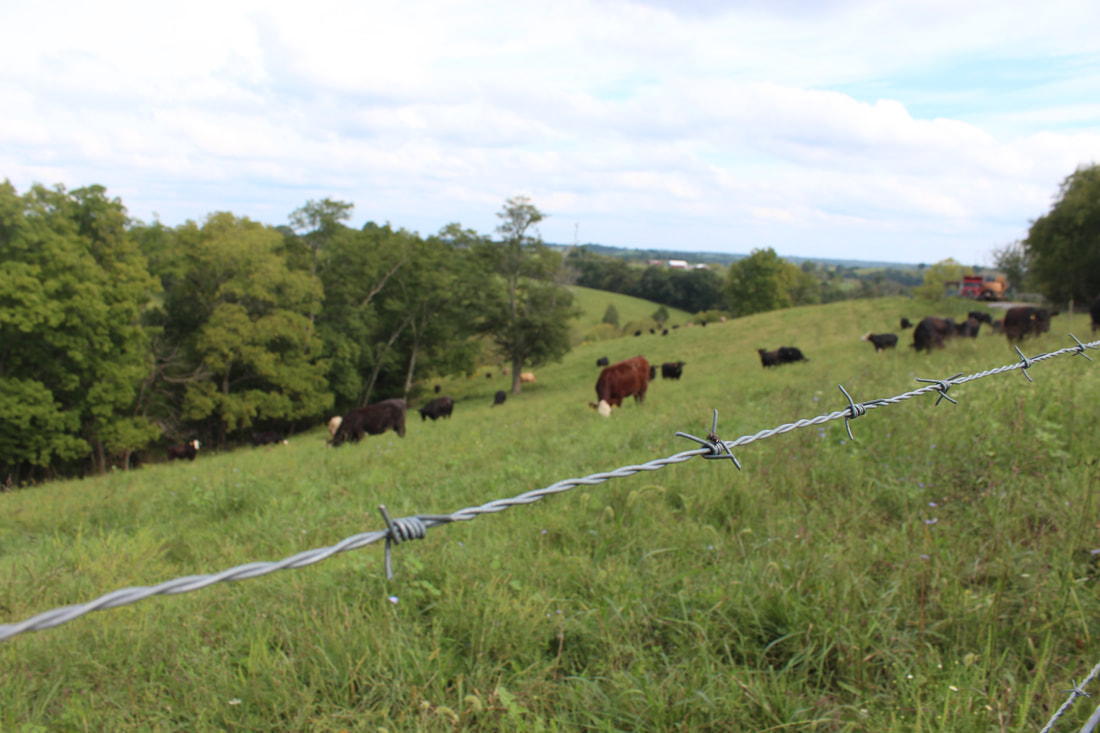
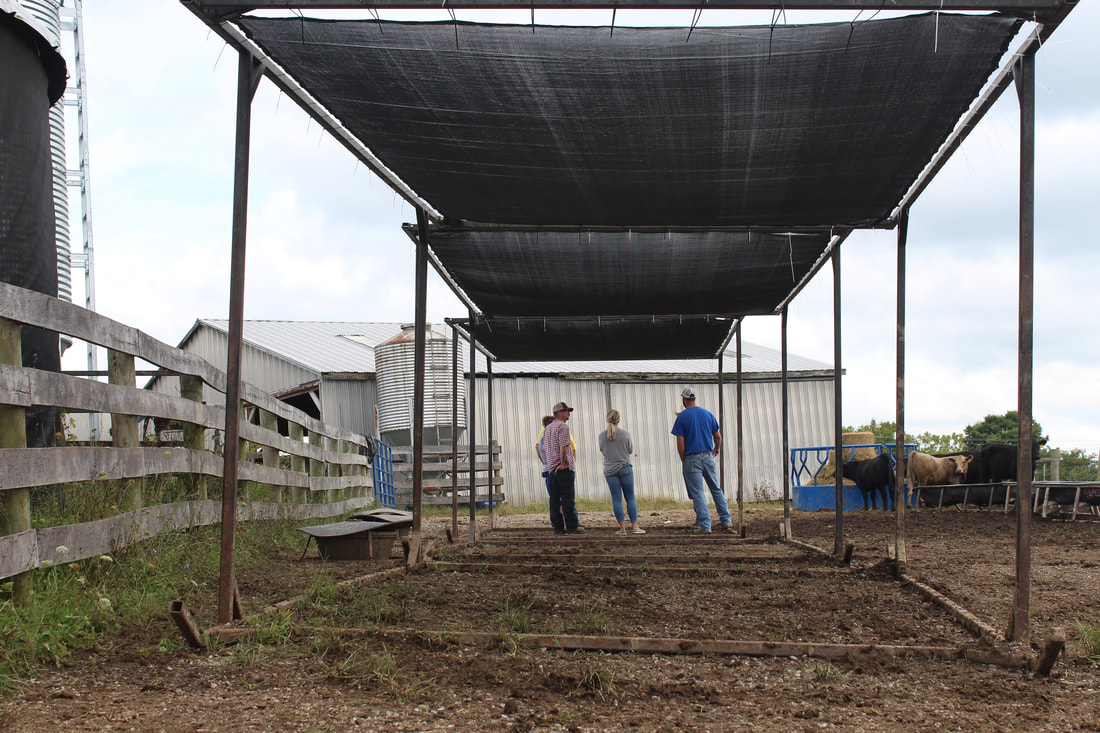
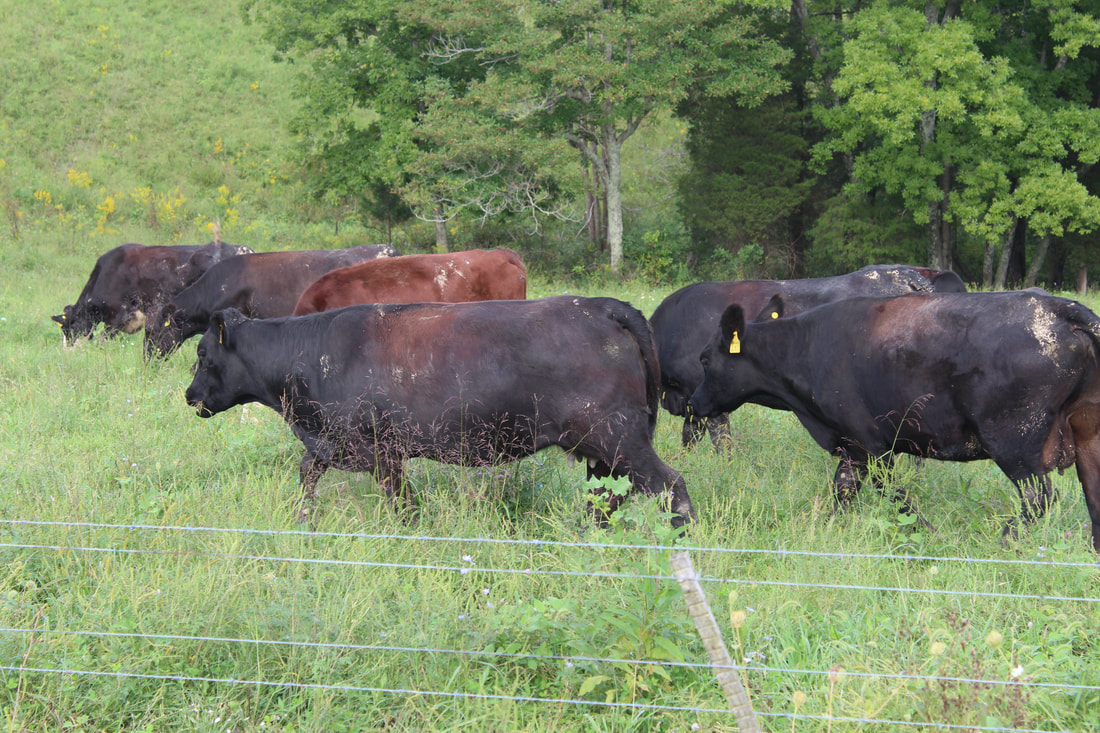
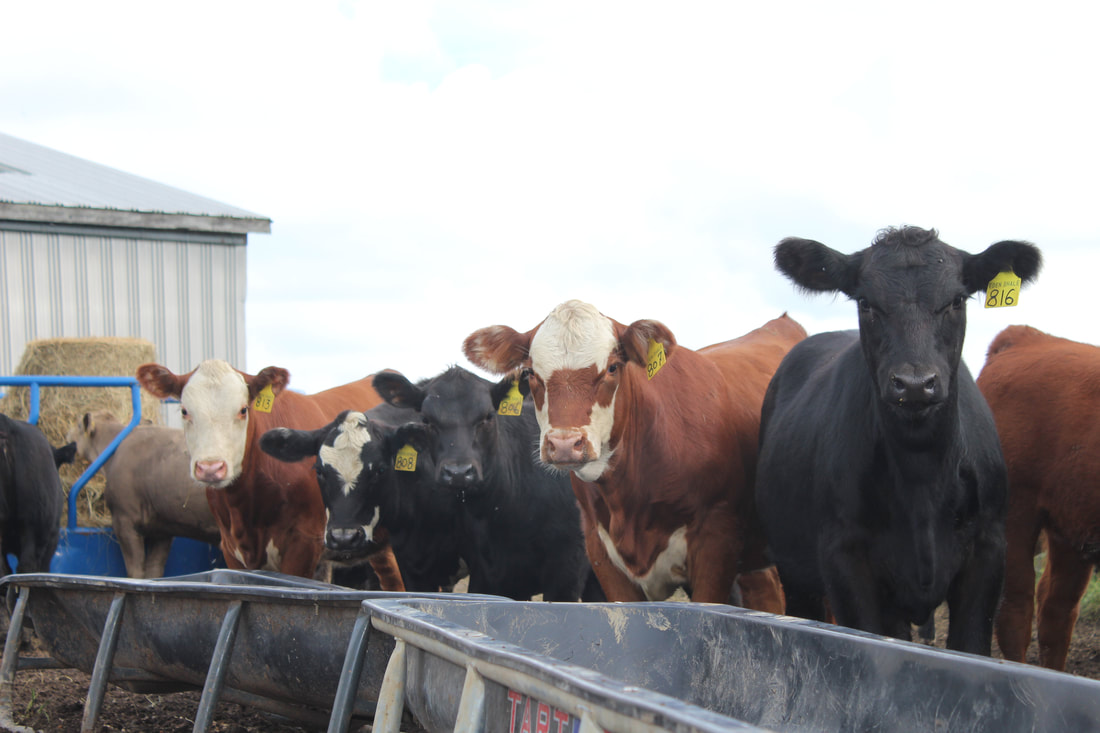
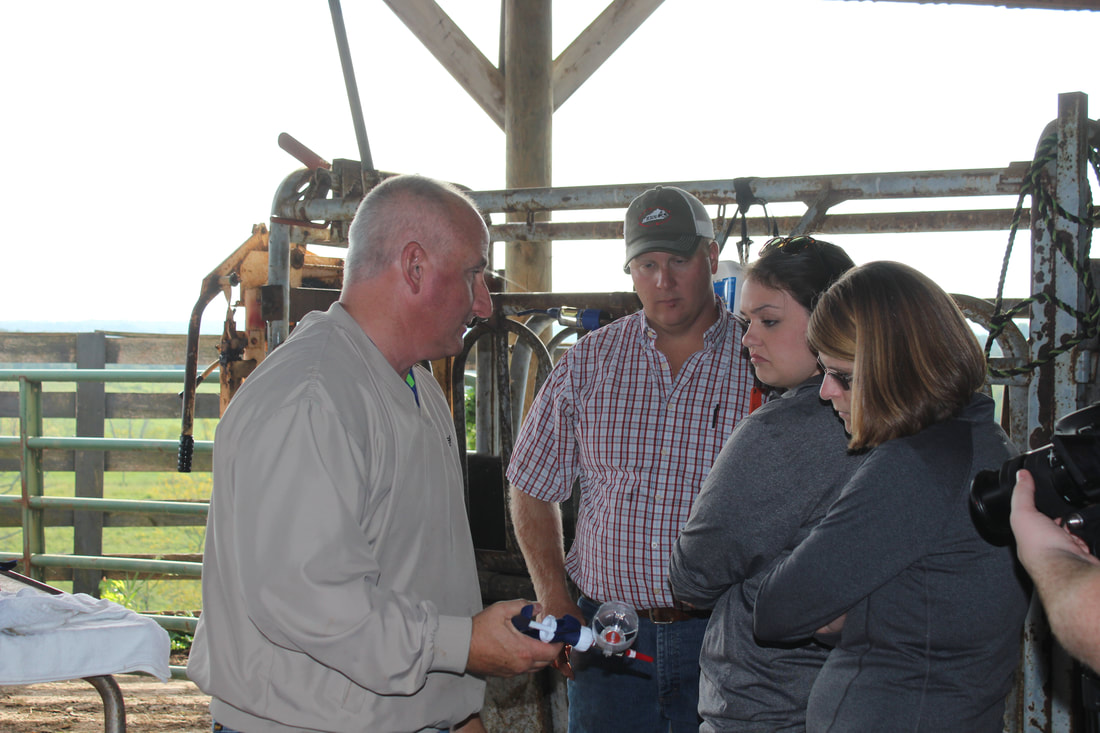
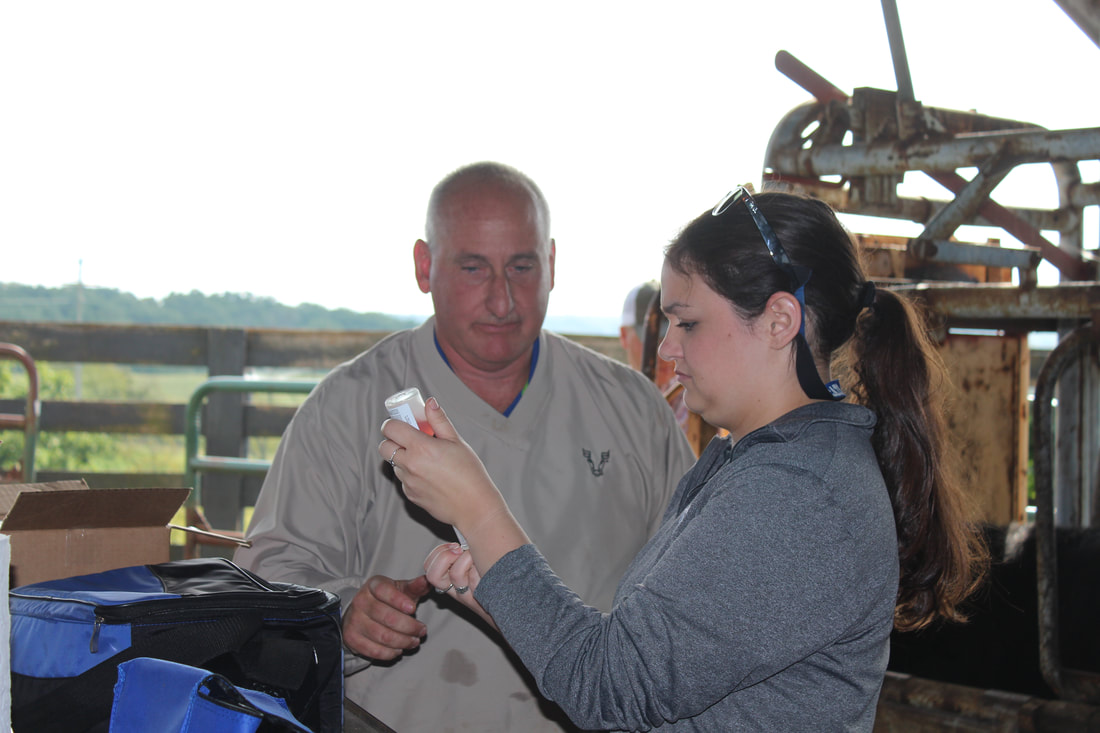
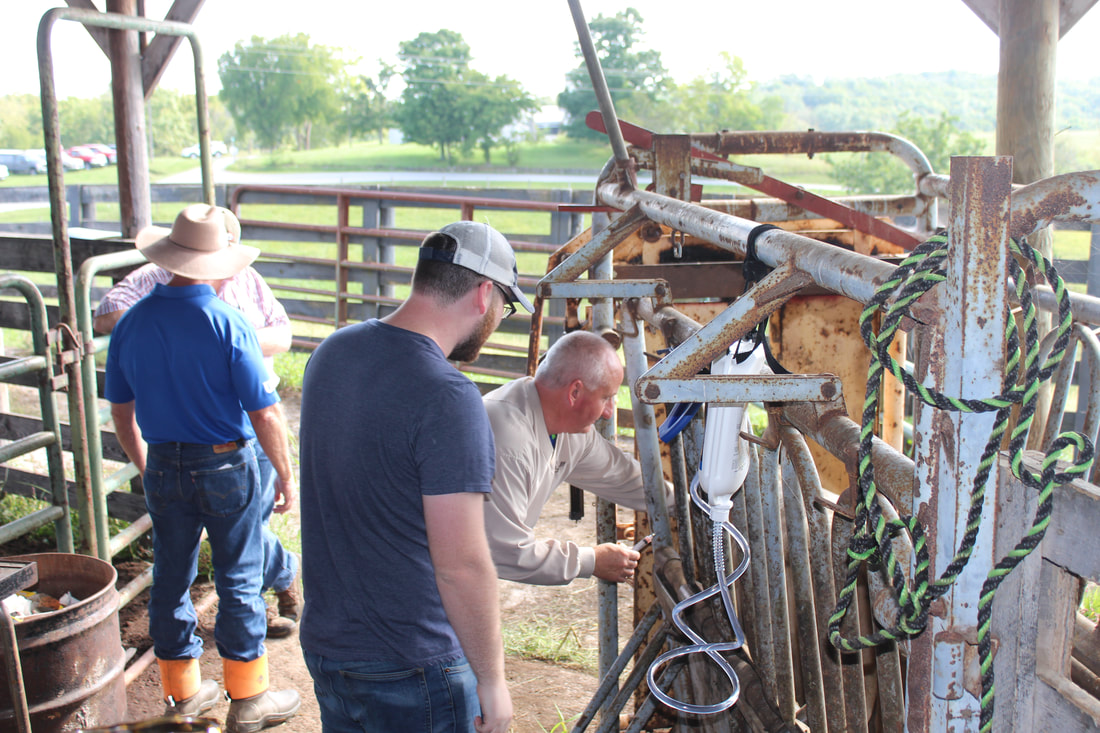
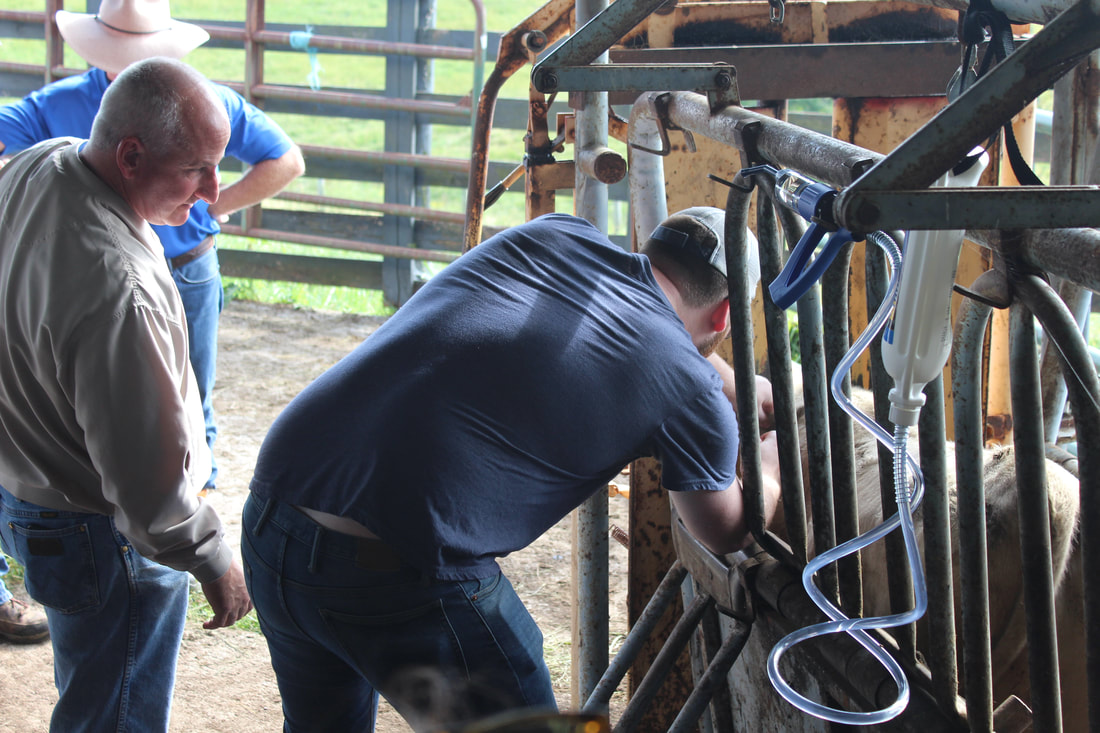
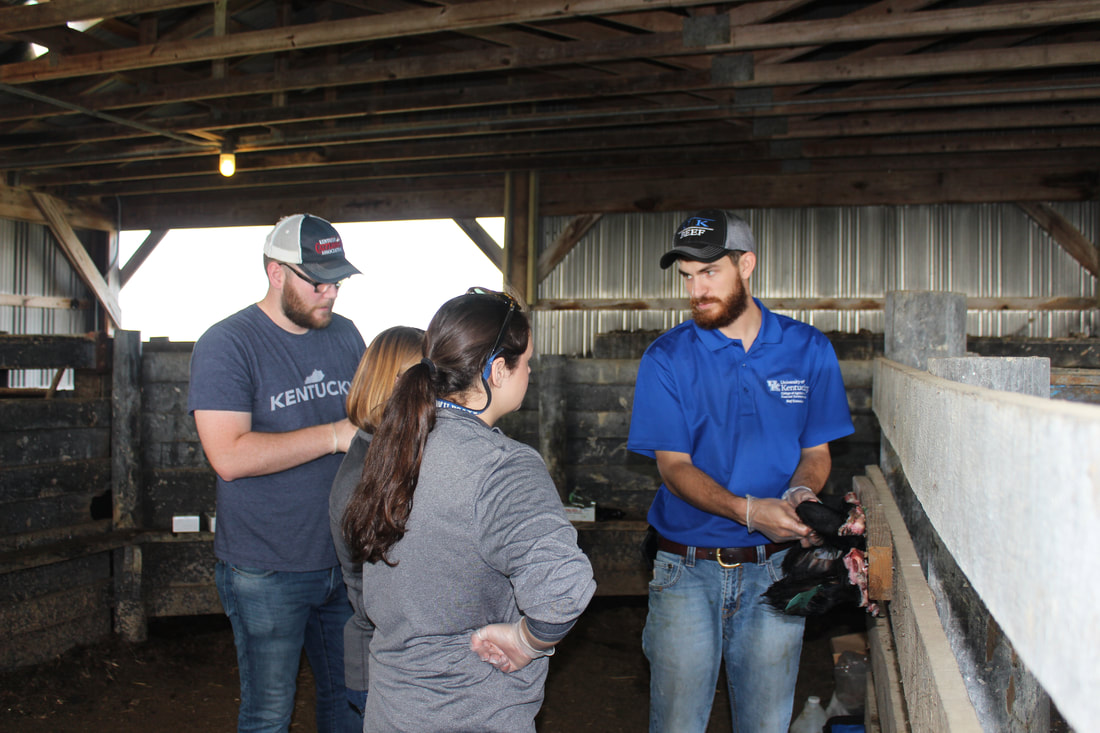
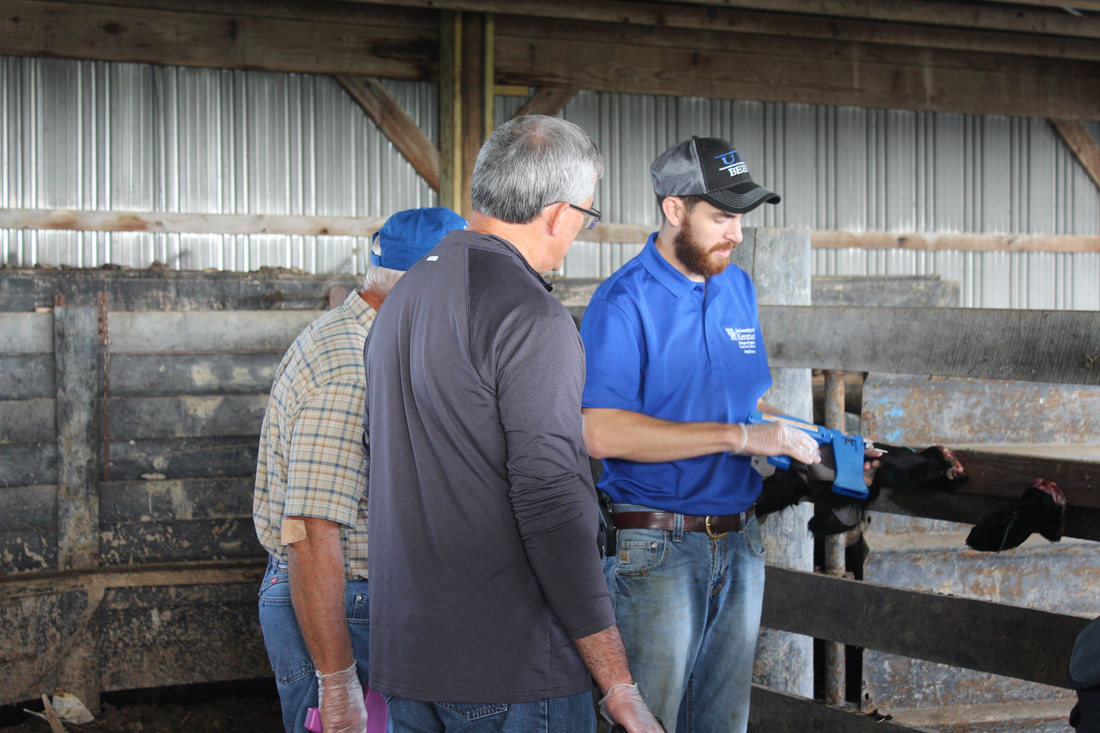
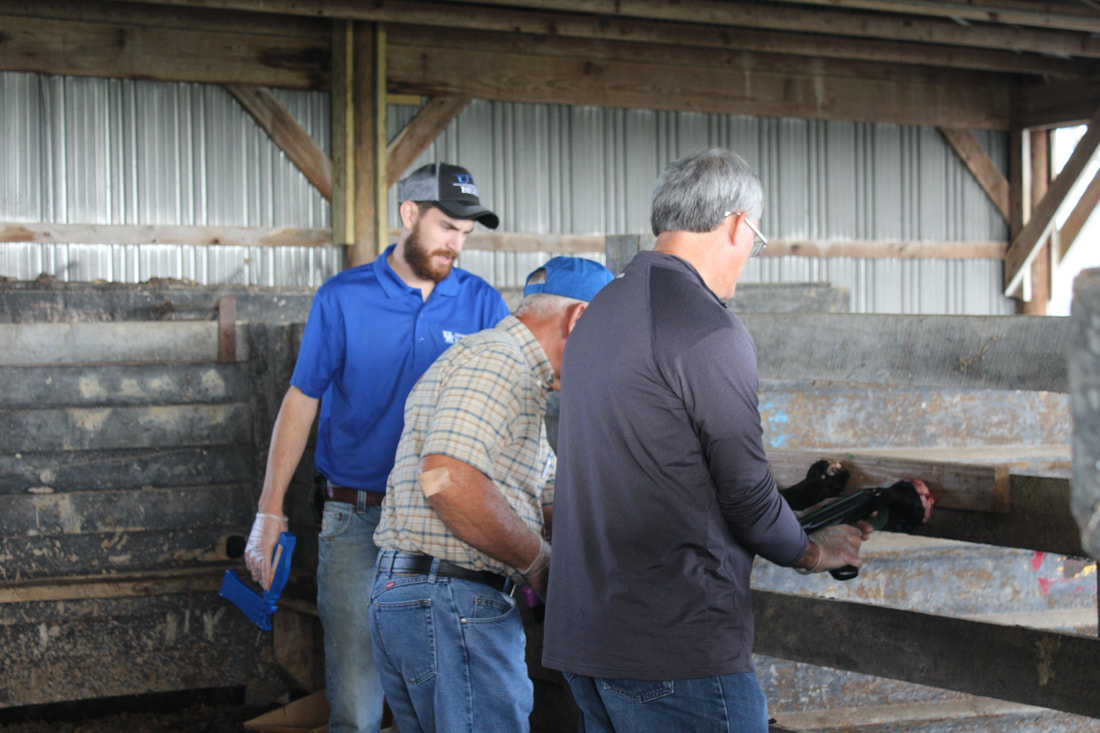
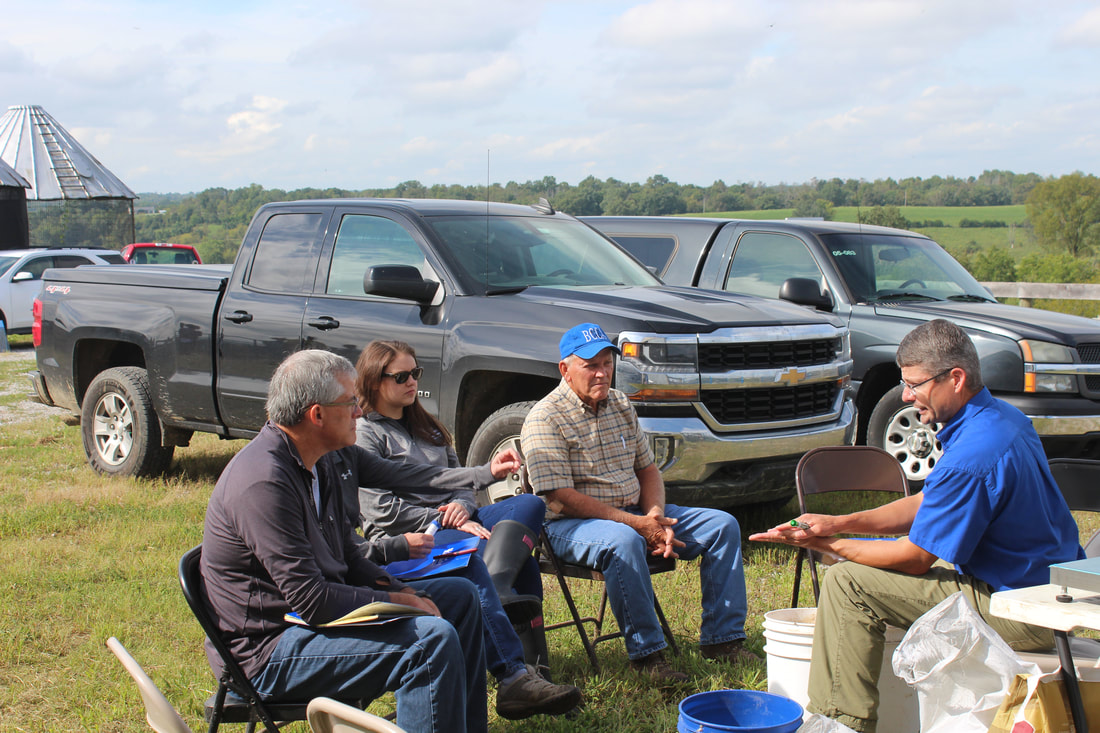
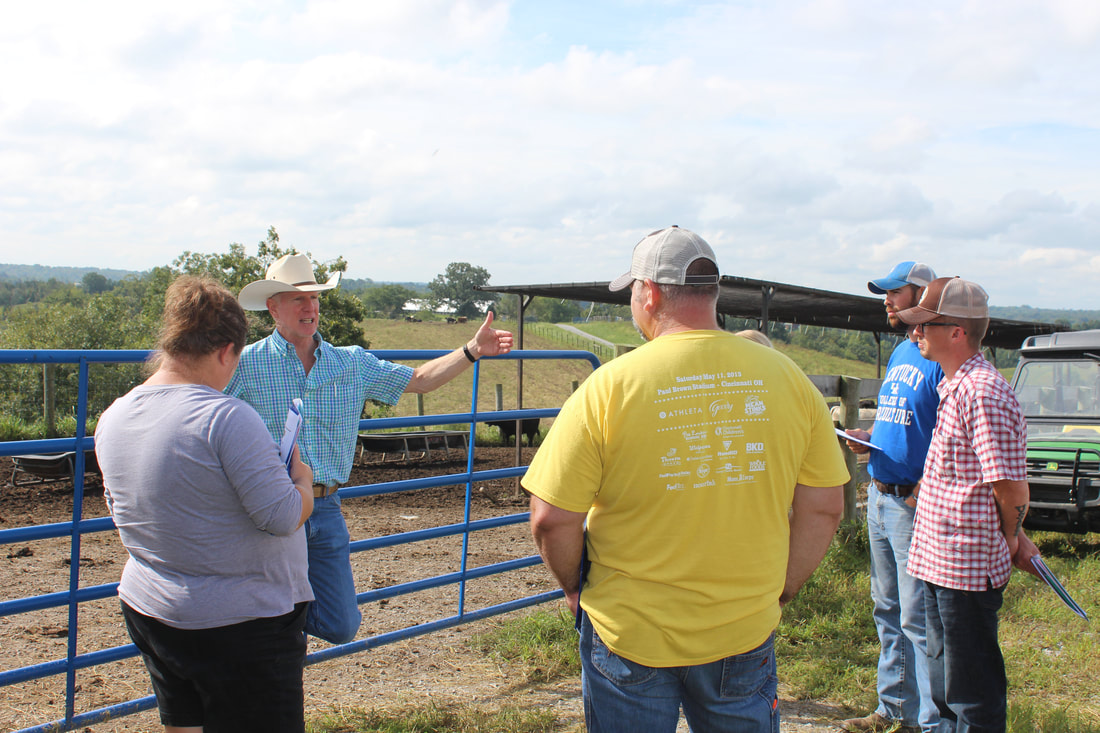
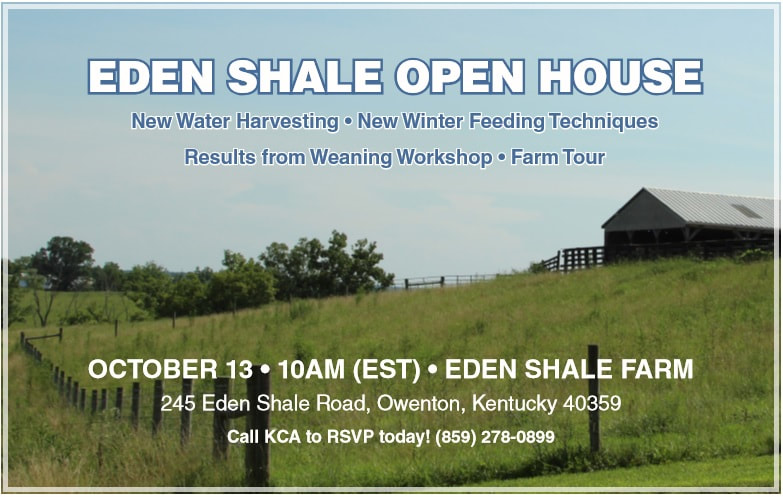
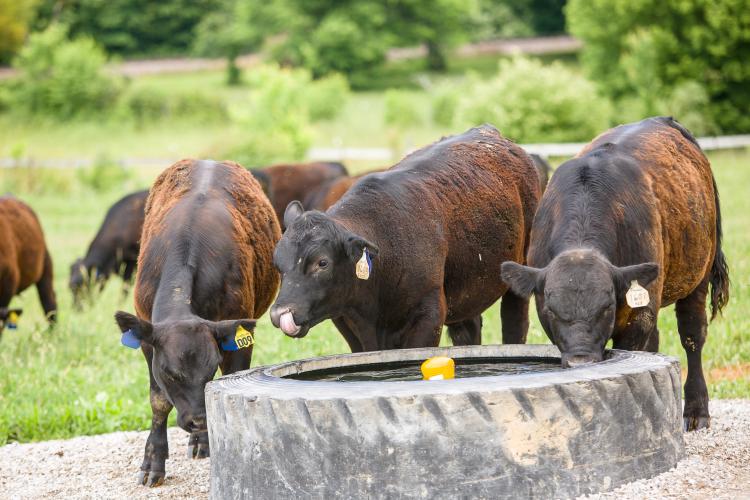
 RSS Feed
RSS Feed
